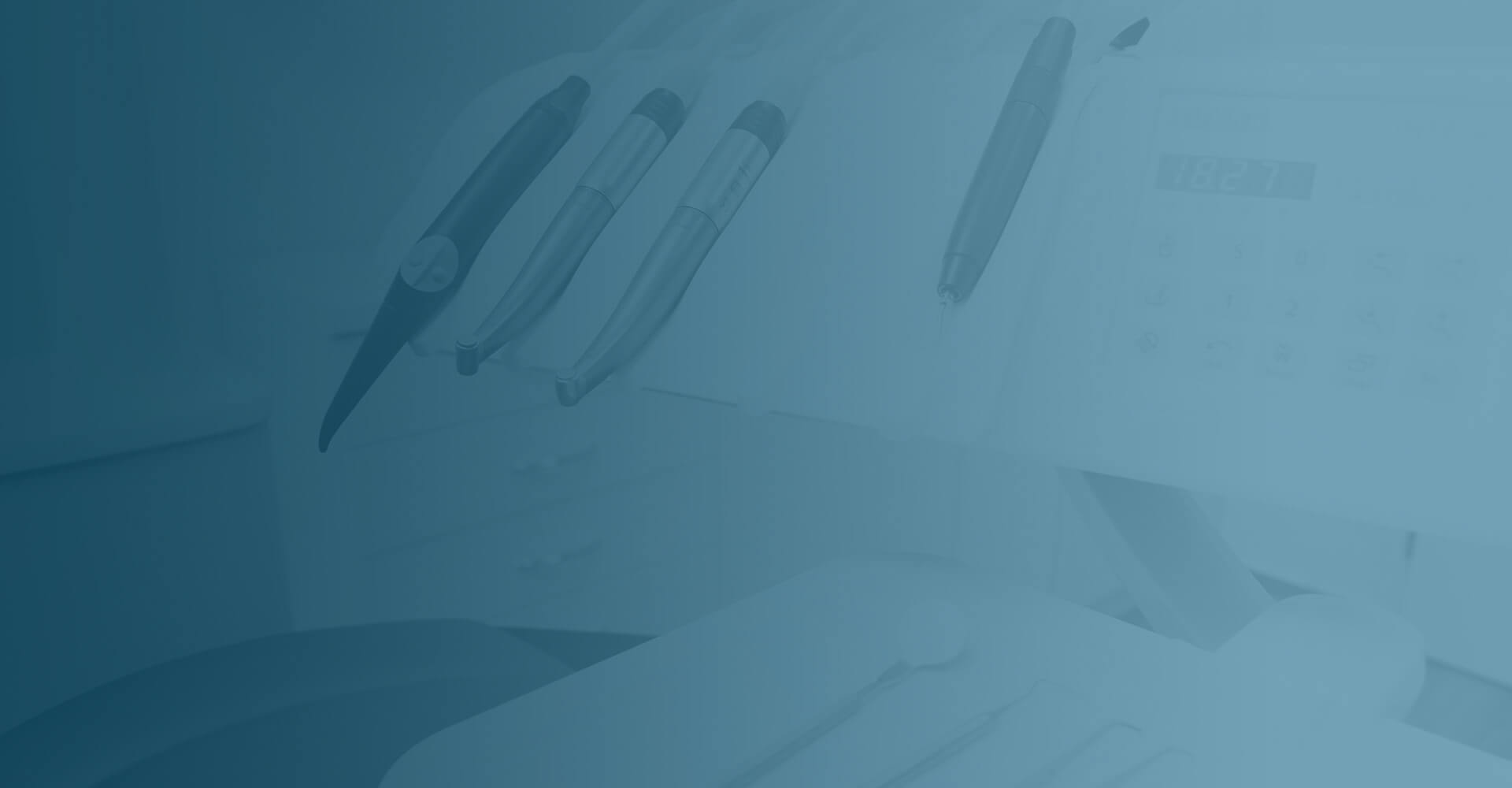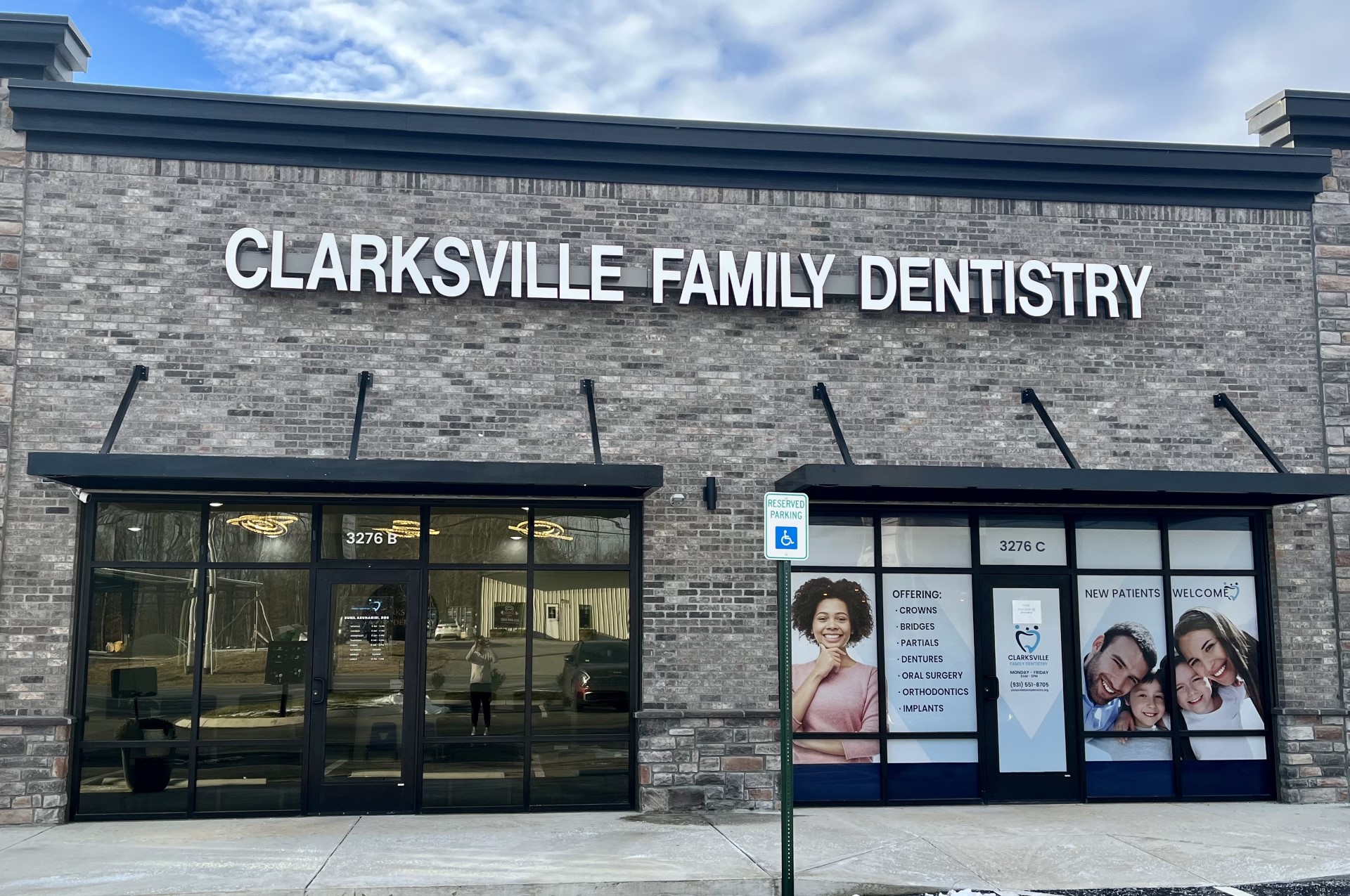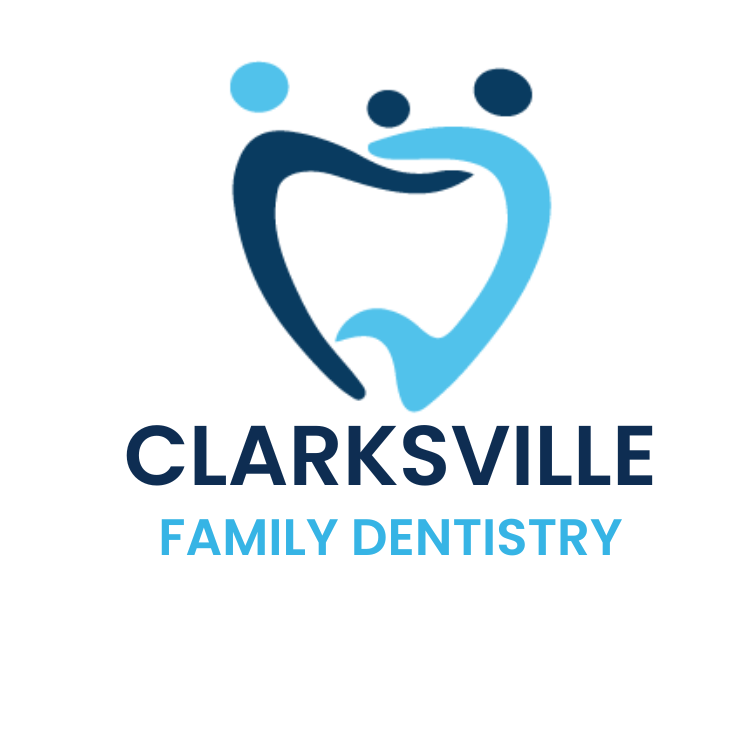Digital Radiographs
Digital radiographs, also known as x-rays, stand as pivotal diagnostic tools in dentistry. While traditional film radiographs offer valuable insights, cutting-edge digital radiographs empower dentists to visualize and refine dental images on expansive computer screens.
The transition to digital technology facilitates ease in copying or printing digital radiographs, enabling efficient comparison of current results with past images. This comparative analysis provides valuable insights into the progression of dental conditions and the impact of treatments. Additionally, digital radiographs can be seamlessly transmitted to specialists via computer, eliminating the need for duplicate x-rays in most cases.
Benefits of Digital Radiographs
Digital radiographs offer numerous advantages, foremost among them being the reduction of radiation exposure. Moreover, they eliminate the use of film and chemical processing, minimizing environmental harm. The enlarged computer screen enhances clarity, enabling dentists to identify issues or irregularities with precision, thus facilitating early detection of decay, periodontal problems, and other dental conditions.
Conditions Revealed by Digital Radiographs
Digital radiographs excel in exposing various dental conditions, including small areas of decay, bone recession, tumors, fractures, trauma, and developmental irregularities. They also provide insights into tooth positioning, aiding in comprehensive treatment planning.
Capturing Digital Radiographs
The process for obtaining digital radiographs closely resembles that of traditional radiographs, albeit with electronic sensors replacing film. A full mouth series typically includes eighteen views, encompassing both periapical and bitewing views. Periapical views focus on root tips, while bitewing views facilitate inspection and measurement of the jawbone.
After exposure, the digital image is swiftly transferred to a computer wirelessly or via specialized scanning. Unlike traditional film processing, digital images are available within seconds. Dentists can then adjust contrast, color, and brightness to enhance image clarity.

Convenient Appointments Monday through Thursday.
No matter what your schedule looks like, we want to provide you with the high-quality dentistry that you deserve. Call (931) 551-8705 to book your appointment today!

